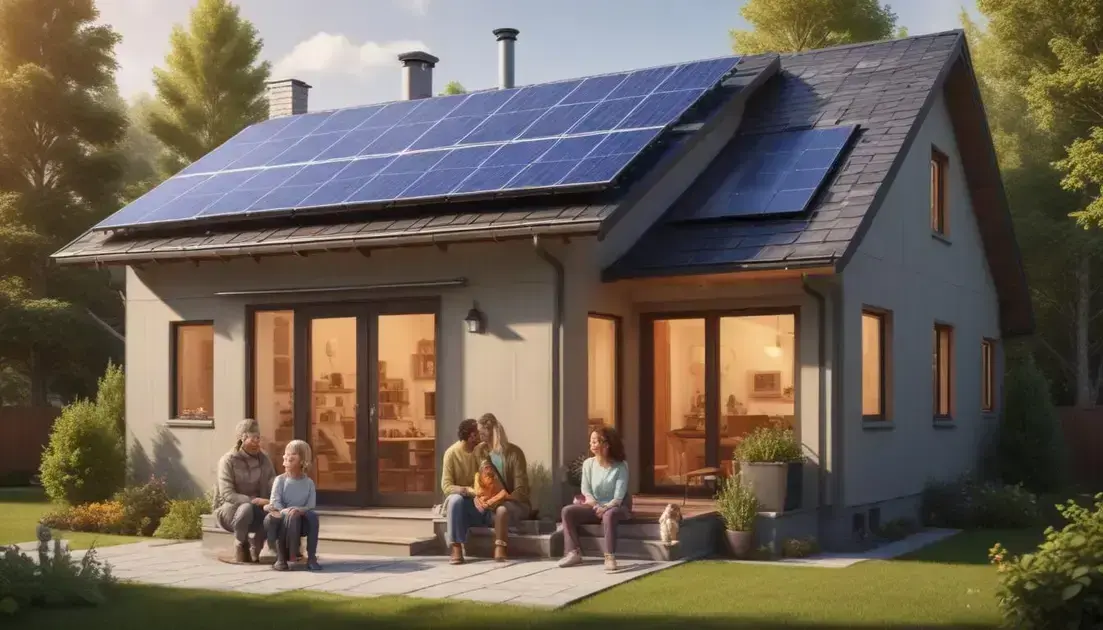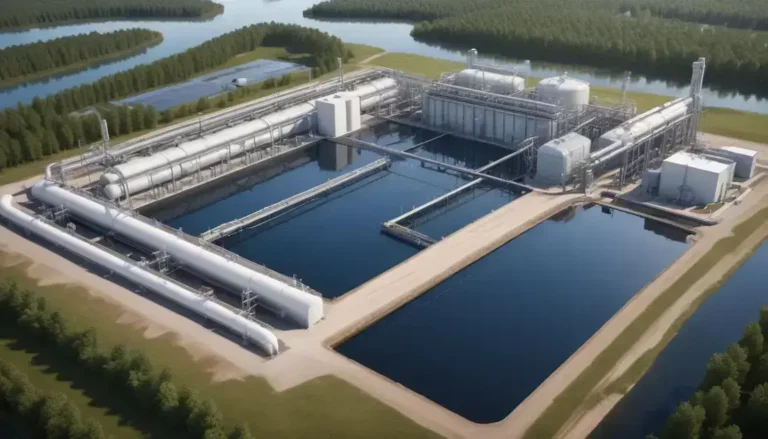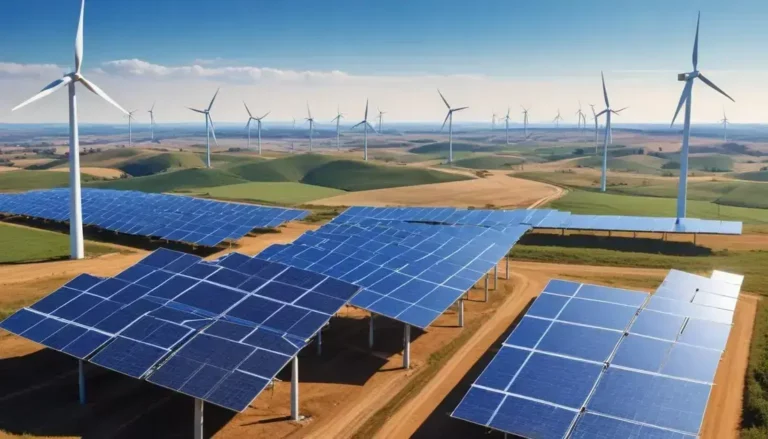Britain’s New Investment in Home Energy Efficiency
The Warm Homes Plan is a UK government initiative that improves energy efficiency for low-income households by providing financial support for energy-saving upgrades, helping them reduce energy bills and create healthier living environments.
The UK’s focus on energy efficiency takes a significant leap forward with a new £1.8 billion investment. How will this benefit households? Let’s dive in.
Overview of the Warm Homes Plan
The Warm Homes Plan is a strategic initiative launched by the UK government, aimed at enhancing residential energy efficiency. This program is designed to support homeowners and renters in making their properties more energy-efficient, thus reducing overall energy consumption.
A significant aspect of the plan includes providing financial incentives for households to implement energy-saving measures, such as insulation upgrades and energy-efficient heating systems. These improvements not only contribute to reduced energy bills but also promote a greener environment by lowering carbon emissions.
Moreover, the Warm Homes Plan focuses particularly on assisting low-income families, ensuring they have access to the necessary resources to make their homes warmer and more comfortable. By targeting these vulnerable communities, the initiative plays a vital role in alleviating energy poverty throughout the country.
In addition to financial support, the program also aims to raise awareness about sustainable living practices, encouraging homeowners to adopt habits that further enhance energy efficiency. This comprehensive approach is essential for fostering a long-lasting impact on both individual households and the broader community.
Impact on low-income households in the UK
The impact of the Warm Homes Plan on low-income households in the UK is profound and essential for improving living conditions. Many families struggle with high energy costs, which can lead to difficult decisions about heating and basic necessities.
By providing subsidized energy-efficient upgrades, the plan aims to alleviate this burden. These improvements not only reduce energy bills but also create a healthier living environment for the families involved. Better insulation and efficient heating systems can significantly lower energy consumption, leading to substantial savings.
Furthermore, the initiative focuses on educating residents about sustainable practices. This knowledge empowers families to make informed choices about their energy use, contributing to long-term benefits for both their finances and the environment.
In addition, the program’s targeted approach helps to combat energy poverty, ensuring that those most affected by rising energy prices receive the support they need. This fosters equity in energy access, allowing low-income households to enjoy warmer, more energy-efficient homes.
In Conclusion: Enhancing Energy Efficiency in Homes
The Warm Homes Plan is a significant step towards improving energy efficiency in the UK, particularly for low-income families. By providing financial support and resources, the initiative addresses the pressing issue of high energy costs.
It not only helps families save money but also promotes healthier living environments through better energy practices. As more households adopt these energy-efficient measures, the potential for reducing carbon emissions and combating climate change increases.
Ultimately, programs like the Warm Homes Plan are crucial for ensuring that everyone has access to affordable and sustainable energy solutions, paving the way for a greener future.
Frequently Asked Questions
What is the Warm Homes Plan, and who does it help?
The Warm Homes Plan is a UK government initiative aimed at improving energy efficiency in homes, particularly benefiting low-income households by providing financial support for energy-saving upgrades.
How can energy efficiency upgrades reduce my energy bills?
By improving insulation and replacing old heating systems with more efficient options, households can significantly lower their energy consumption, leading to reduced energy bills.
Who is eligible for assistance under the Warm Homes Plan?
Eligibility typically includes low-income families and vulnerable groups who struggle with high energy costs. Specific criteria may vary based on local government guidelines.
What types of upgrades does the Warm Homes Plan cover?
The plan covers various upgrades, such as better insulation, efficient heating systems, and renewable energy options like solar panels.
How does this initiative contribute to environmental sustainability?
By promoting energy efficiency and reducing overall energy consumption, the Warm Homes Plan helps decrease carbon emissions, contributing to a healthier environment.
What can families do to take advantage of the Warm Homes Plan?
Families should check their eligibility and apply for support through their local council or relevant government websites to receive guidance and assistance for energy efficiency improvements.






